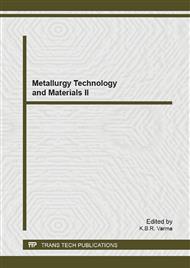p.269
p.273
p.278
p.281
p.284
p.292
p.298
p.302
p.311
A Discussion on the Reuse of Disused Mining Areas from a Land Reclamation Point of View, Using Dayoukeng as an Example
Abstract:
The rapid development of land resources and the sharp growth in demand for land have resulted in land degradation. Therefore, the reclamation, planning and management of such areas, including plans for implementing corresponding measures, are a very important topic at present. Located in the Yangmingshan National Park, the Dayoukeng disused mining area has craters created by volcanic activities and hot springs, and it was once the mining centerpiece of Taiwan. In addition to related literature review and field investigation as well as discussions on the operational procedures of ecological planning methods, this research carried out studies on landscape reclamation cases at home and abroad. Afterward, this research analyzed the land fitness of the Dayoukeng area based on landscape conservation principles. Finally, according to the analysis results, this research proposed land reuse planning principles and concept planning for the landscape reclamation and reuse. Meanwhile, the author expects to build up the experience of this case's research to serve as a reference to the reuse planning of disused mining areas in the future.
Info:
Periodical:
Pages:
284-291
Citation:
Online since:
September 2013
Authors:
Price:
Сopyright:
© 2013 Trans Tech Publications Ltd. All Rights Reserved
Share:
Citation:


